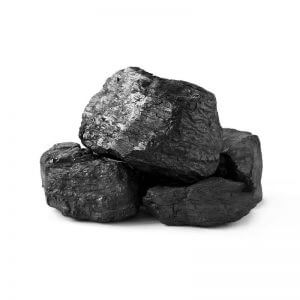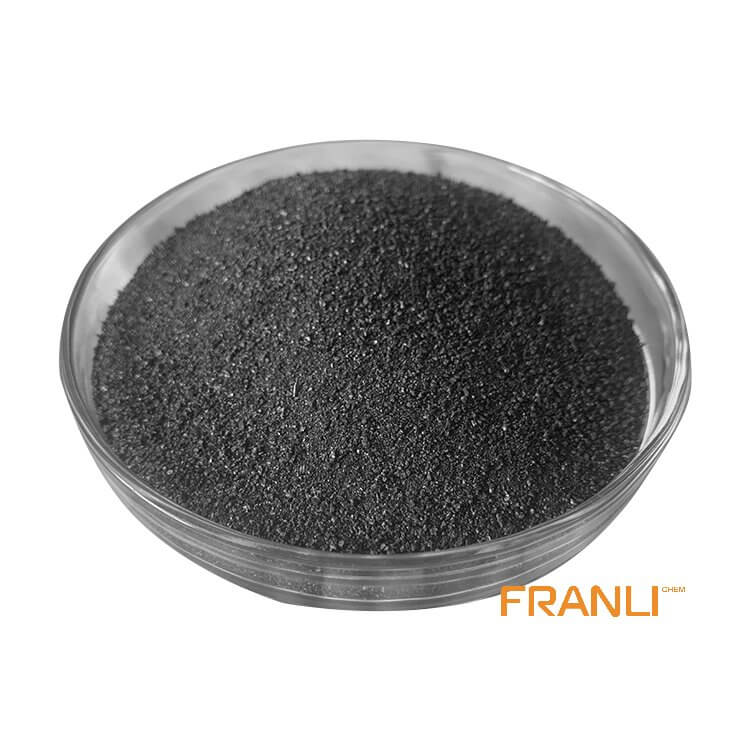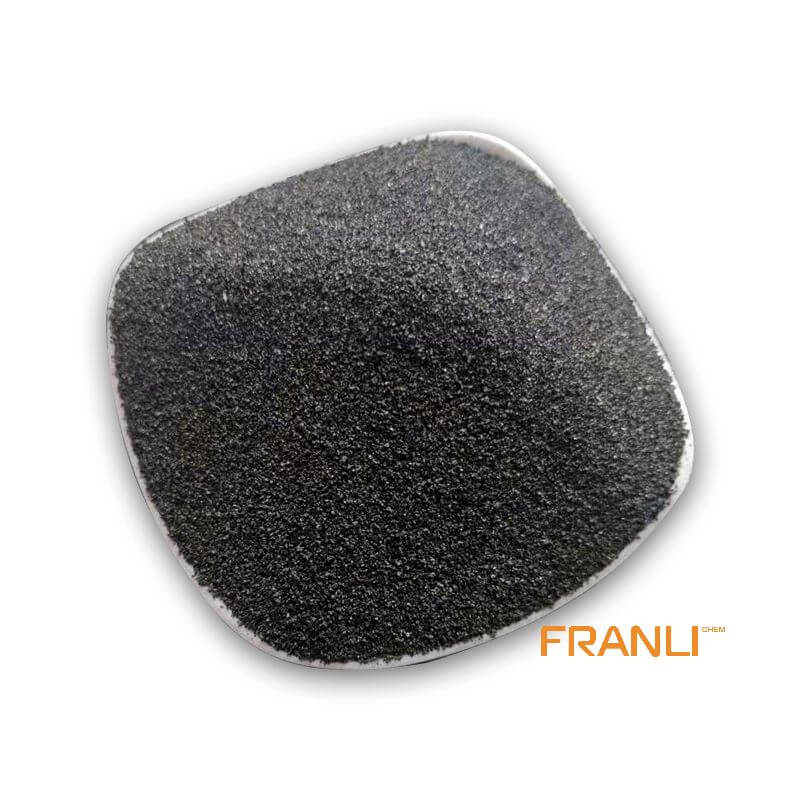


Petroleum Coke
Size
According to your requirements
Package
25 kg small bags into ton bags or ton bags
Features
Low ash content and low boiler ash discharge, etc.
Application
Depending on its quality, petroleum coke can be used in industries such as graphite, smelting and chemical industry, etc
Petroleum coke, as a byproduct of petroleum, is produced in the process of petroleum processing, that is, the crude oil is distilled to separate light and heavy oil, and the heavy oil is converted into petroleum coke by hot cracking. If petroleum coke can be obtained directly from petroleum processing, then the petroleum coke is raw coke or ordinary coke. Petroleum coke has irregular shape, dark gray or black, porous structure and metallic luster.
Request a quote
Environmental toxicity studies have shown that, in general, petroleum coke has a low probability of causing adverse effects on aquatic and terrestrial terminals of plants and animals. Therefore, the Chemical Safety Technical Statement (MSDS), the EU CLP Regulation, and the GESAMP/EHS Comprehensive Hazard Document List all state that petroleum coke does not pose a risk to the Marine environment. No updates on petroleum coke have been added to the latest versions of IMSBC and MARPOL Annex V, indicating that the substance is considered harmless. However, recent evidence suggests that petroleum coke is not as inert as originally thought, and environment-related substances (nickel and vanadium) have been found in the water leachate of petroleum coke; When released into the sea in a low dilution environment, algae growth may be affected.

It is important to note that although petroleum coke is described as harmless, the small particulate matter in the powder or particles has a potential impact on human health as inhaled (i.e. airborne) dust.
As mentioned earlier, the hydrocarbon content of raw coke or petroleum coke is likely to form a sheen on the water surface, although this is likely to be localized and non-persistent. Of greatest concern after the release of petroleum coke in large quantities (e.g. in the case of ship casualties) is the potential asphyxiation effect, especially in low energy or shallow water areas, where diffusion and dilution are reduced. Discharges near the shoreline can also create a negative visual effect if large quantities of black solids are washed ashore. With sufficient water depth and water exchange, any pH or luster increase will be short-lived. As for the release of small amounts of petroleum coke in clean waters, it is not expected to cause harmful effects on the Marine environment as long as the hydrocarbon content of the cargo is low enough. However, this comment should be read in the context of the governing legislation described below.

Although petroleum coke is not officially classified as harmful to the Marine environment. In theory, it could be discharged when a ship is sailing 12 nautical miles from the nearest coastline. However, petroleum coke cargo residues and washing water may contain a variety of harmful components, such as residual hydrocarbons, heavy metals, cleaning agents, or dust inhibitors. Thus, the presence of such components in sufficient quantities may lead to a particular cargo residue being considered harmful to the Marine environment.
In general, the discharge of petroleum coke residue and the discharge of washing water for cleaning products will depend on the volume and location of the discharge. However, an oily glow may be visible on the surface near the discharge for a short time, resulting in a local and short-term increase in the pH of seawater. If discharged insufficiently deep seawater, and there is a flow of water for good water exchange, the residue is likely to dissipate quickly with no impact on the environment.
Finally, it is worth noting that the legislation governing the discharge of any washing water from ships is complex, both nationally and internationally. Minimum requirements worldwide are often in line with marble recommendations (as described in table 2) but maybe more stringent in some locations. Therefore, to avoid potential environmental problems and possible lawsuits or fines, it is more prudent to transfer the cabin cleaning water to shore facilities for treatment rather than discharge it offshore. The same is true for petroleum coke washing water.



